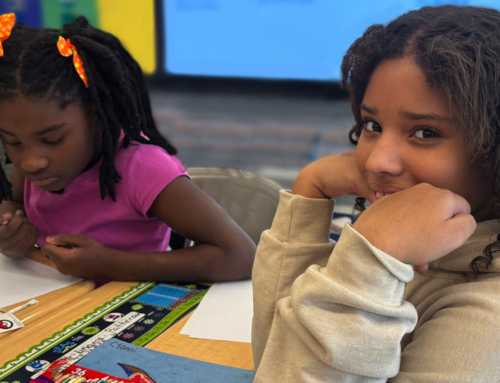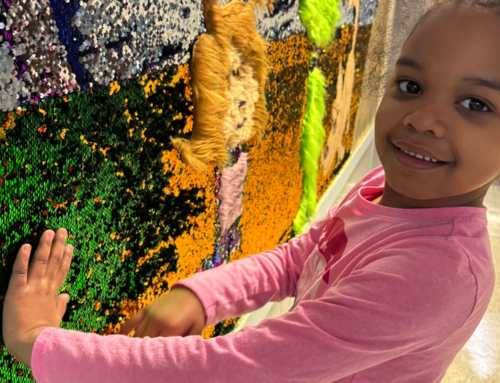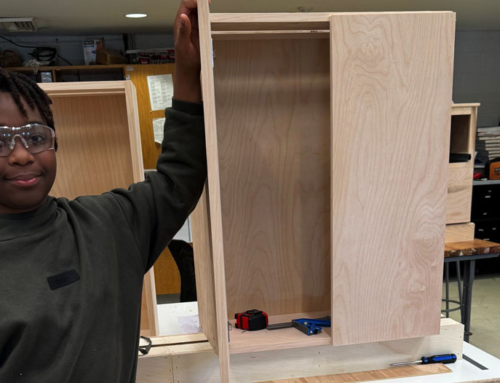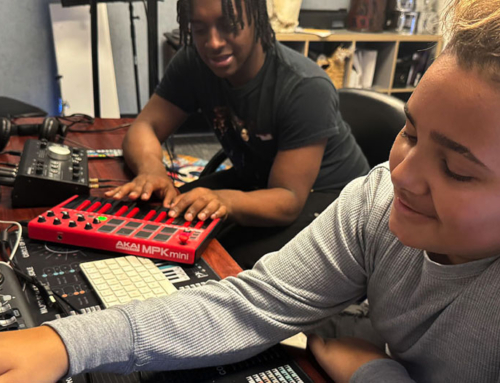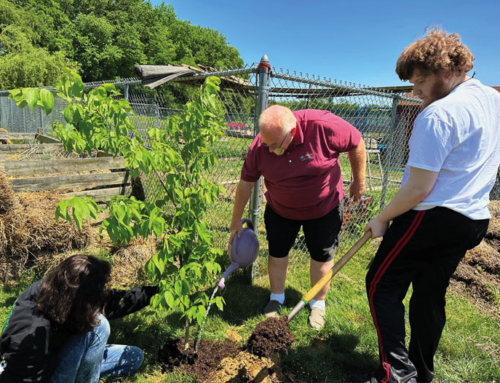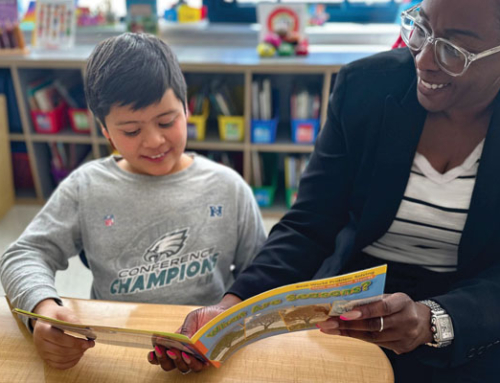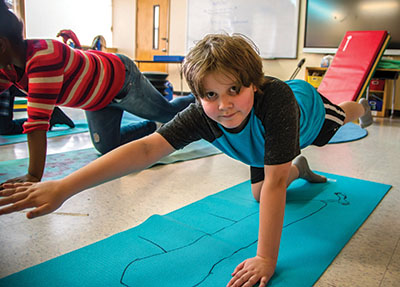 The practice of yoga is more than 5,000 years old, but only recently have schools started to tap into the power and possibilities that yoga can offer for students with learning and behavior challenges.
The practice of yoga is more than 5,000 years old, but only recently have schools started to tap into the power and possibilities that yoga can offer for students with learning and behavior challenges.
Yoga’s noncompetitive movements have been shown to help improve body awareness, build concentration and help students manage stress through breathing. It can also help energize students when they are feeling low energy, improve balance and increase focus and concentration.
But yoga is far more than the physical practice of familiar poses. It teaches breathing and mindfulness, and works with concepts of ‘balance’ in both physical and emotional realms.
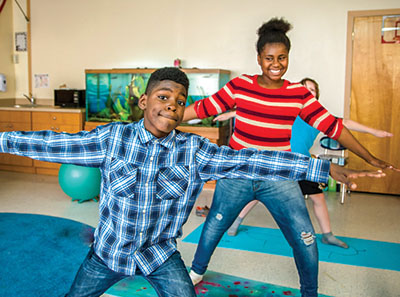 “It has very natural applications for many students at Garfield Park Academy who struggle with spatial awareness and self-regulation. The insights our students gain in yoga are immediately and concretely transferred into the classroom,” said Lisa Malson, social worker.
“It has very natural applications for many students at Garfield Park Academy who struggle with spatial awareness and self-regulation. The insights our students gain in yoga are immediately and concretely transferred into the classroom,” said Lisa Malson, social worker.
Since starting the program with her students this spring Lisa sees a difference. “We are working on mindfulness, breath work, and body awareness,” she said.
Tips for Doing Yoga with Students with Disabilities
- Teach children to honor their strengths and limitations, inviting them to do the pose in a way that feels right for them. Remember – it is a “practice.”
- Have a clear starting and stopping point so your child knows what to expect.
- Use a yoga mat. These inexpensive spongy soft mats can help your child learn about space and boundaries.
- Teach breath work from the very beginning. Start the session with eyes closed and focus on the breath for about a minute to let your child “settle in.”
- Help your child take the message off the mat. Invite your child to think about what they learned that they could use in life.


